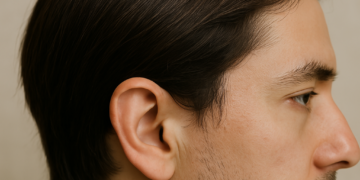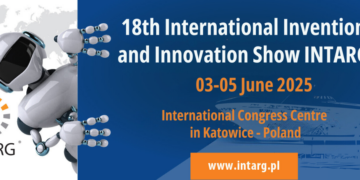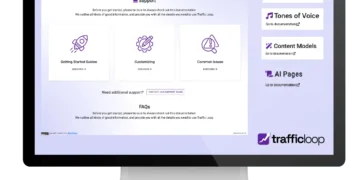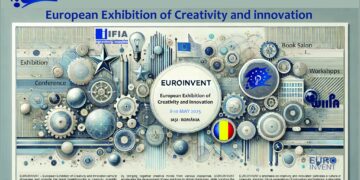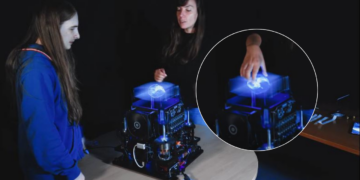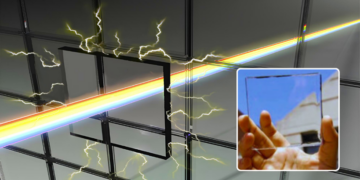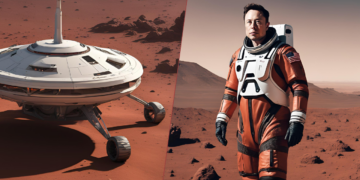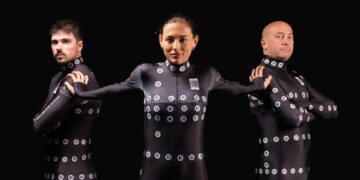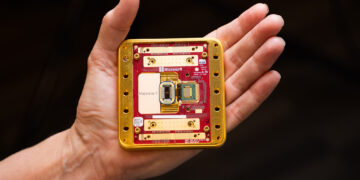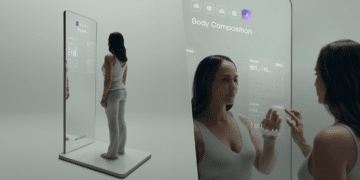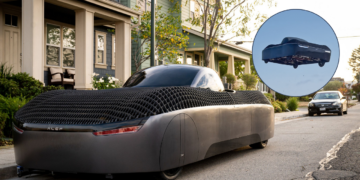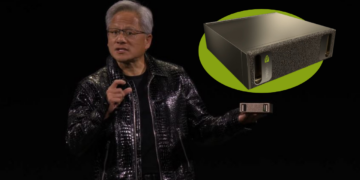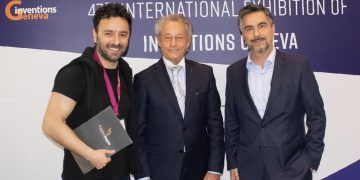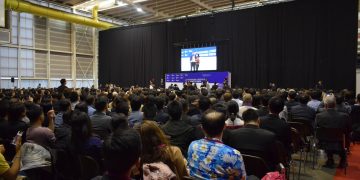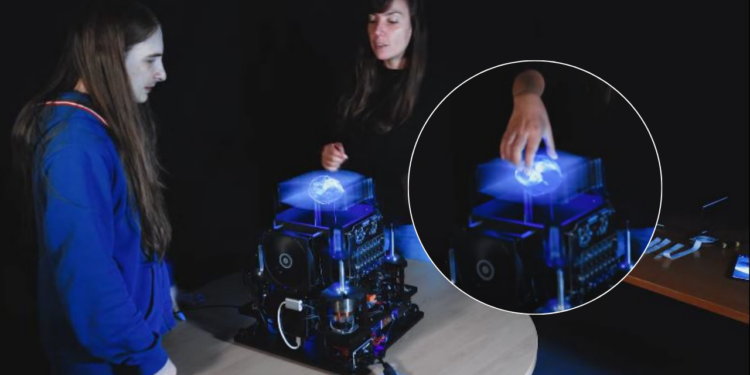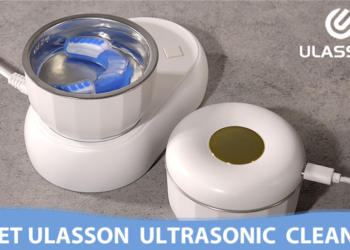For decades, science fiction has tantalised us with the prospect of touchable holographic projections. While we have not yet reached “Star Wars” levels, a revolutionary innovation by researchers at the UpnaLab at the Universidad Pública de Navarra brings us much closer to this vision. Their new technology, FlexiVol, promises to transform the way we interact with 3D images by enabling direct tactile manipulation. This is not just a small step forward, but a fundamental change in the design of volumetric displays. create a Focus keyphrase.
The challenge of traditional volumetric displays
Traditional displays create 3D images in space without the need for visors or glasses. However, they have always had one fundamental limitation: they cannot be touched. They typically use rigid diffusers — solid surfaces onto which 3D images are projected. Imagine a beautiful 3D sculpture floating in mid-air that you cannot run your fingers over. This lack of interactivity hinders immersion and limits the technology’s potential in applications where physical manipulation is important.
The innovative FlexiVol solution: the elastic diffuser
The key feature of the FlexiVol solution is replacing the traditional rigid diffuser with an elastic one. Imagine a dynamic, flexible screen made from a grid of stretchy materials. This seemingly simple change opens up a world of possibilities. Users can now reach into the viewing volume and interact directly with 3D images. Picture a surgeon practising a delicate procedure on a virtual organ that they can actually ‘feel’, or an artist sculpting a digital creation with their own hands.
How does it work?
FlexiVol ingeniously combines several technologies:
- Dynamic projection: Like other volumetric displays, FlexiVol projects rapidly changing 2D slices onto the diffuser to create the illusion of a 3D object.
- Elastic deformation: The key is the elastic diffuser. When a user touches it, it deforms, providing a degree of tactile feedback (sense of touch).
- Real-time compensation: The system incorporates sophisticated algorithms to track the deformation of the elastic diffuser and compensate for any resulting image distortions. This ensures that the 3D image remains accurate and stable even when the user interacts with it.
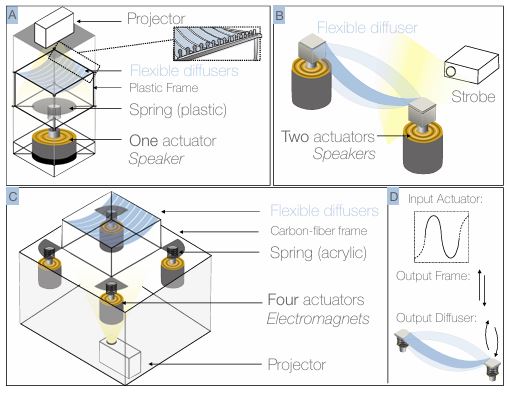
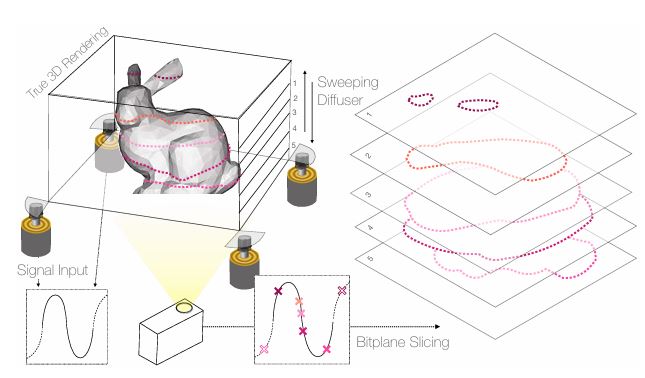
Why it matters
FlexiVol is a significant step forward because it bridges the gap between visual and tactile perception. This has profound implications for various fields:
- Medical visualisation: Surgeons could achieve unparalleled precision in surgical planning and training.
- Scientific modelling: Researchers could manipulate complex molecular structures or weather patterns in a truly intuitive way.
- Stable interaction: The system remains stable even when the user interacts with it.
- Interactive art and entertainment: Imagine immersive gaming experiences or collaborative digital sculptures where touch is an integral part of the interaction.
- Education and training: Students could explore historical artefacts or anatomical models in a way that was previously impossible.
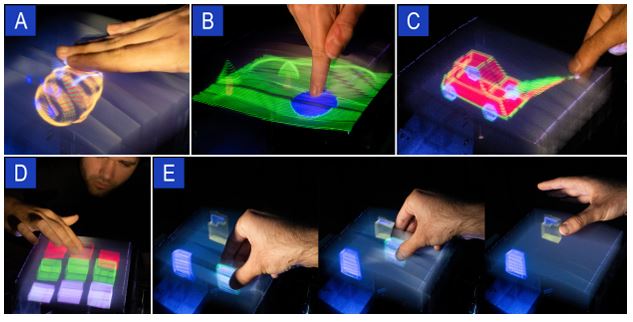
Challenges and future directions
FlexiVol is, of course, still in the prototype stage. Researchers are likely to continue refining the technology and addressing challenges such as:
– Haptic fidelity: – improving the realism and detail of haptic feedback;
– Durability and scalability: Ensuring the elastic speaker is robust and can be produced at a reasonable cost.
– Image resolution and brightness: Further optimising the visual quality of 3D images.
Conclusion: The future of tangible displays is just around the corner.
FlexiVol will be presented at the CHI ’25 conference in Yokohama, Japan, from 26 April to 1 May 2025. This innovative technology opens up new perspectives for interaction with volumetric displays. Overcoming the limitations of traditional systems, this innovative technology has the potential to revolutionise several industries by offering more intuitive and immersive user experiences. While full commercial availability is still some time away, this research represents a significant milestone on the path to truly interactive and immersive 3D displays. It offers a compelling glimpse into a future where the boundaries between the digital and physical worlds are increasingly blurred, and where touch plays a pivotal role in how we perceive information. Watch this space: the future of visualisation technology is becoming tangible.
FlexiVol in 15 min video: https://www.youtube.com/watch?v=trQWfmH2OO4
Paper: https://hal.science/hal-04981007v1
Want to keep up to date with the latest technology innovations? → Follow us on social media: Facebook and LinkedIn
Don’t forget to share the Article with a friend 🙂


